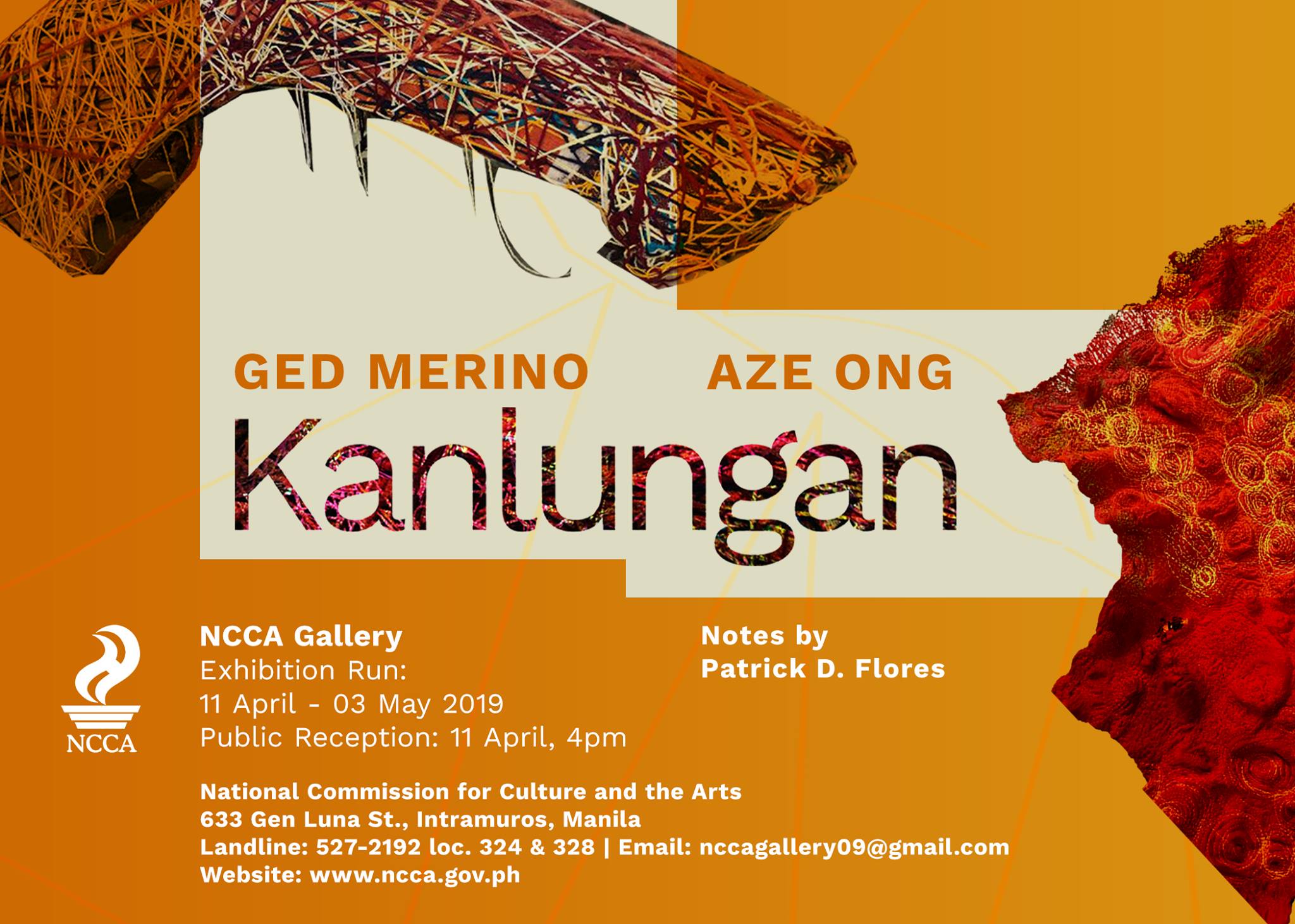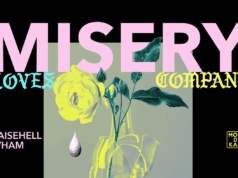
April 11, 2019 | 4 PM
NCCA Gallery
National Commission for Culture and the Arts
633 General Luna St. Intramuros, 1002 Manila, Philippines
Fiber and Threadbare Lives
The works of Ged Merino and Aze Ong thrive on fiber. It is fiber that in the same vein thrives on the work of others. Such work may come in the form of a found object or from the labor of memory. These are lingering habits of very basic lives. In other words, the work weaves around impulses around it; and it leaves traces of itself and of the stimulus. In the course of the process, fiber turns into some kind of structure or shelter that becomes part of a larger intricacy, an architecture or an atmosphere. As there is painstaking effort to tie, knot, twine, crochet, entangle, cut, or suture, so there is the generosity of the art to belong to or spring from an existing form, be it of machine or of nature. The thriving work inevitably resembles a species of the wild that is akin to weed after rain that either disfigures the garden, or enhances the ecology all together.
Merino looks at the tricycle as a vehicle in many senses. It is a public transport, but it is also a private space. He speaks of situations in which the tricycle undergoes a cycle of improvisations, refunctioned according to need and the ingenuity of what may well be a translator of materials. From this tendency of the tricycle translator, Merino is inspired to spin his own mediations around the flexible and versatile tricycle. It is an equivalent gesture of adornment, a way of proposing another life to the already storied existence of the tricycle.
Ong likewise addresses the condition of scarcity that underlies the creative necessity with which the tricycle is crafted. It is tempting to romanticize resilience; and the artists try to resist this by insisting on the prospects of transformation. For Ong, the diligent sourcing of clothes from multiple piles and the sensitive putting together of the yarns of the years references a possible defense against both the political elements and nature. The facture of art becomes a procedure of resistance against deprivation and discrimination. To be exposed to the vagaries of social weather is to be vulnerable and bare. It is this condition that touches Ong and moves her to offer a shelter or a swarm of fabric to richly surround bodies susceptible to exploitation.
While Merino’s silhouette intuits a recognizable object, which is the tricycle, Ong’s configuration intimates looser and freer forms which are less indebted to iconography. This being said, the tricycle in the long run sheds its original carapace, as it were, when it takes on the livery of complex thread work and elaborated upon extensively and with spirit. These artistic productions thus finally transcend the opposition between order and chaos, stasis and inventiveness, as they reveal the contingencies of survival that delicately test the limits of both the agency of humans and objects and the ecology of life forces. What might be of interest in the future is to see how the fiber that has been aestheticized as textile is given the opportunity to unravel, to fray, and to let those who must survive remember, always, the struggle to stitch in time.
(Patrick D. Flores)
Invite
https://www.facebook.com/events/2348377978817191/






























